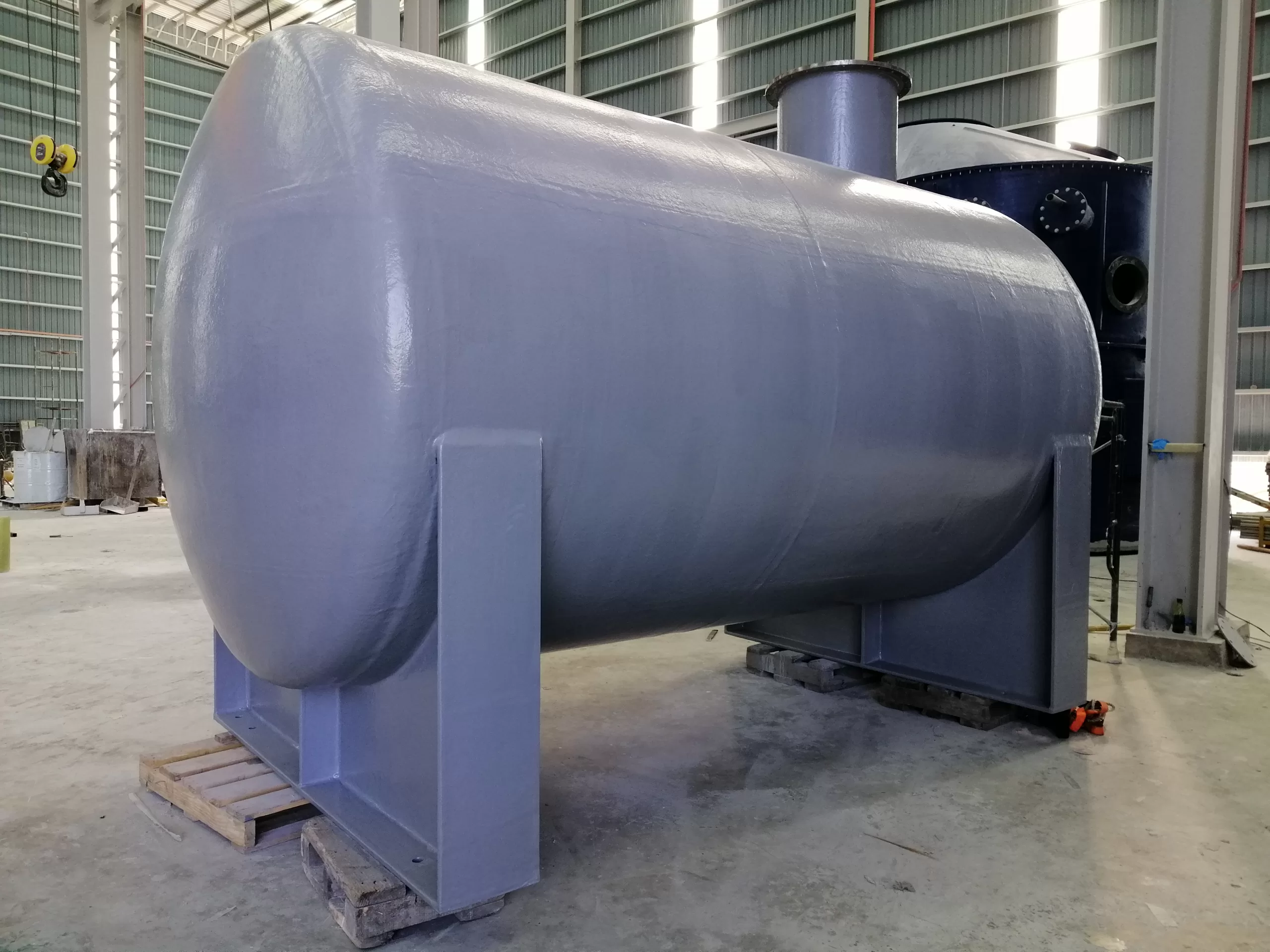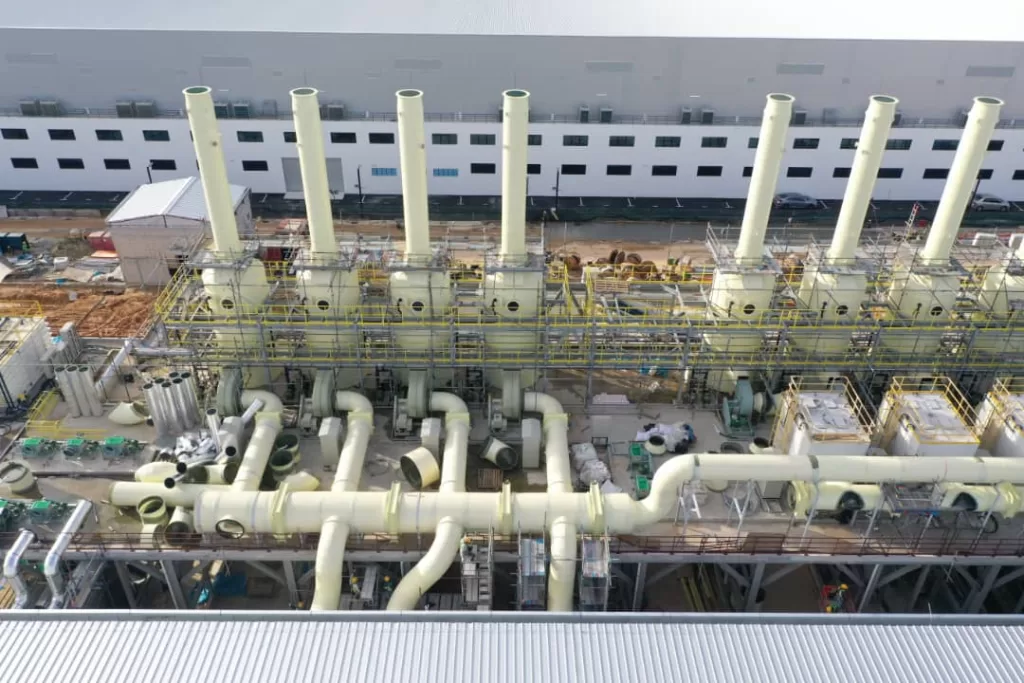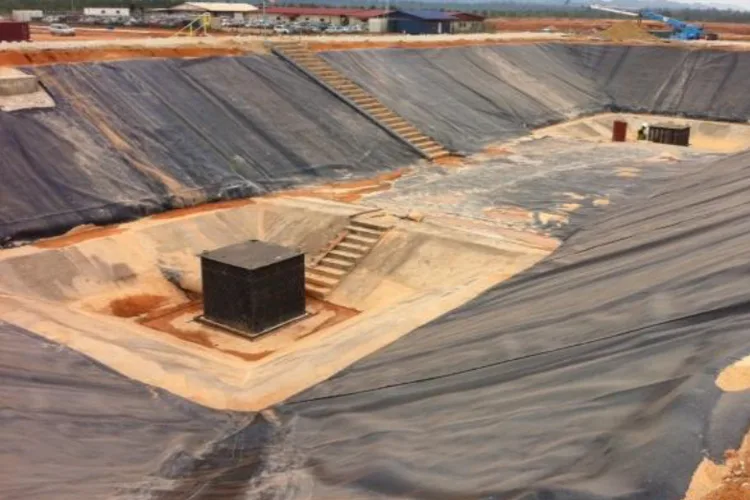Handling & Installation Technical Information

Tank Construction Design
The most important feature of a fiberglass tank is the corrosion resistance of the tank. Our corrosion barrier laminate is made up of the Inner Surface and Interior Layer combined. Our FRP tank is built using a mold to ensure a resin rich smooth internal barrier to create better corrosion resistance.
Tank Built Standards
- Our tanks are constructed in accordance to BS, ASTM and ASME specifications.
- All tanks are tested for the degree of surface cure using Barcol hardness and Acetone test methods and visually inspected for laminate quality and built workmanship.
- After installation of the tank, a hydrostatic leak test shall be performed.
- Hold down lugs are provided on all vertical flat bottom tanks.
- Support rings with legs of lugs are provided on all vertical dish bottom tanks.
- Lifting lugs are provided for all FRP tanks.
- All flanged nozzles are of hand lay-up construction with the pipe stub molded integrally with the pipe flange.
- All closed top tanks are provided with a minimum 24 inch manhole and all tanks with a straight shell height greater than 12 feet shall have flanged side manhole of minimum 24 inches.
Handling and Installation
- Handling and installation instructions are intended to help customers install tanks correctly and efficiently.
- Handling and installation instructions are only recommendations and they do not relieve the purchaser for proper inspection, handling and installation.
- Improper handling or installation resulted in tank damages or failure, are the sole responsibility of the customer.
- Failure by the customer to comply with the handling and installation instructions will void the tank warranty.
- Cradotex tanks are designed to withstand normal handling and installation in manufacturing.
- The following handling procedure follow:-
- At all time never roll or slide the tank. Lift the tank using crane or other approved methods.
- During hoisting the tank, never allow tank to swing out of control.
- Do not allow any tools, etc. to drop or cause hard impact onto the tank.
- Do not use any equipment inside the tank that can cause scratches or damage to the inner corrosion barrier.
- Do not use chains or cables around tank.
- Only lift tank using designated lifting lugs.
















